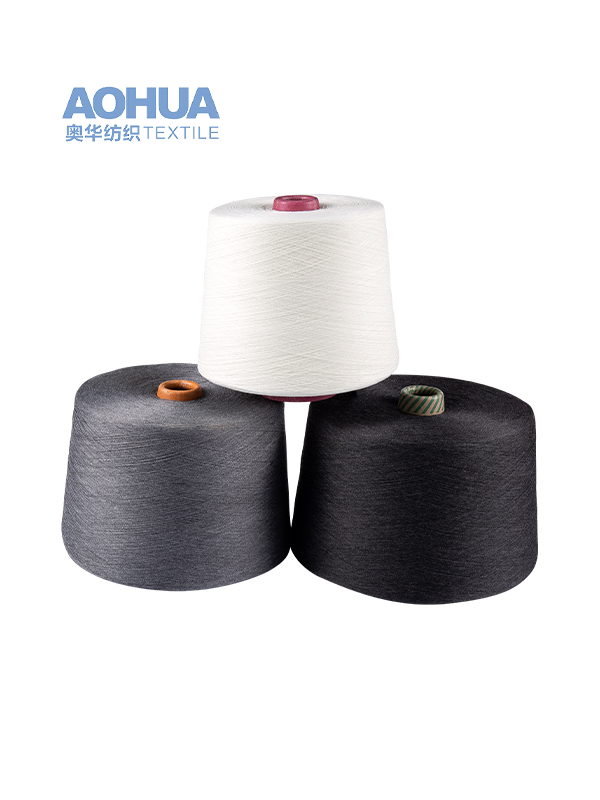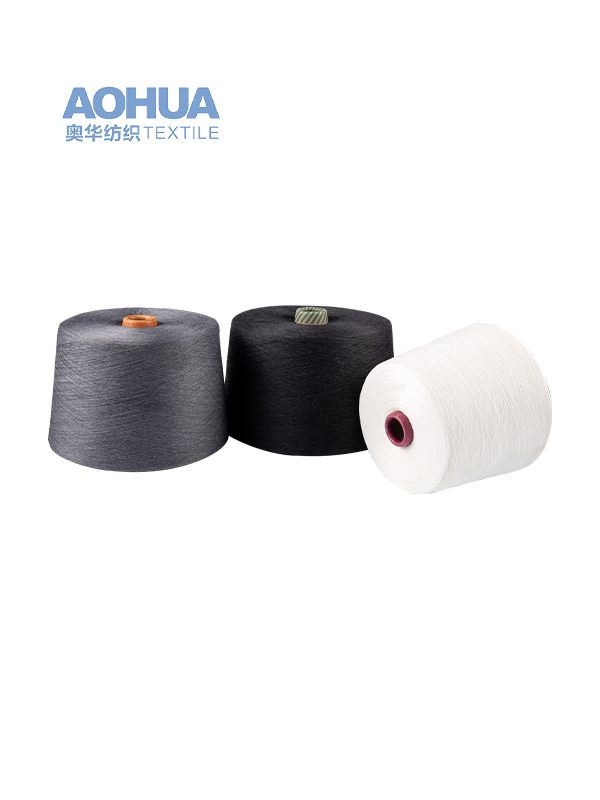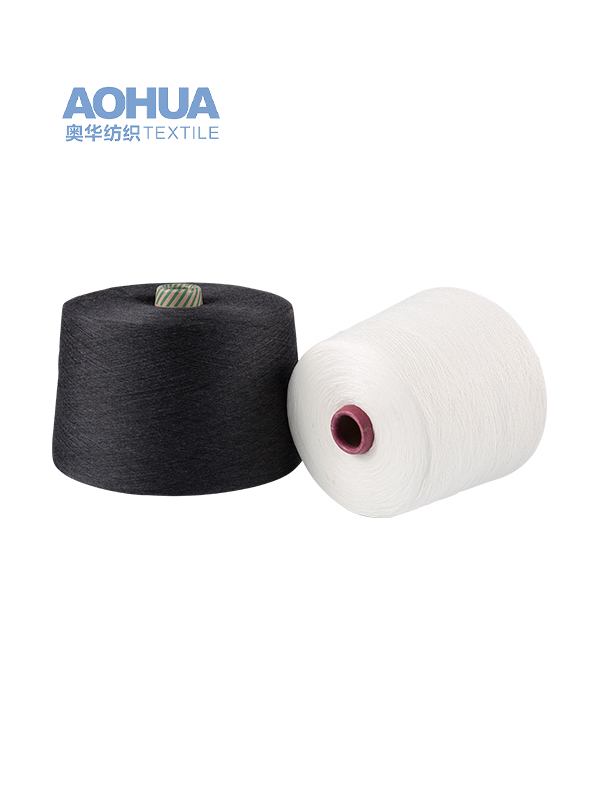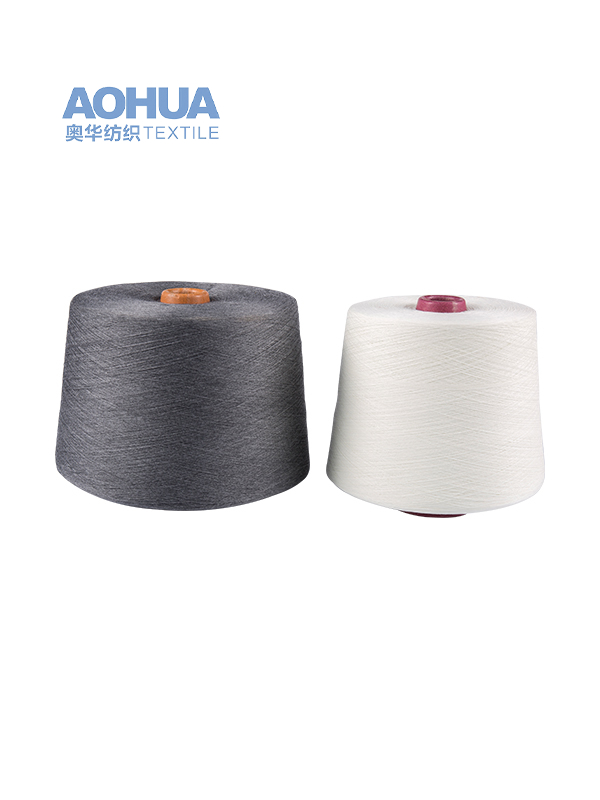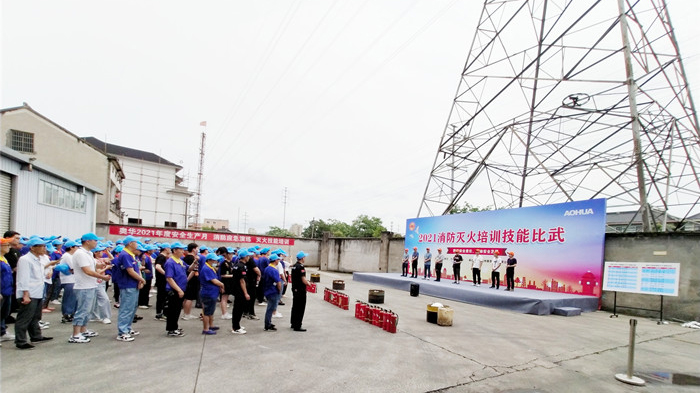We are a national high-tech enterprise. At present, there are many kinds of self-woven and cooperatively processed fabrics, including microfiber warp-knitted towel cloth, weft-knitted towel cloth, coral fleece, etc.
The ribbed or corded texture of Bengaline fabric is a result of its unique weaving technique. This distinctive texture is achieved through the interaction of the warp (lengthwise) and weft (crosswise) yarns during the weaving process. Here's how the ribbed texture is created in Bengaline fabric:
Weaving Structure: Bengaline fabric is woven using a special weave structure that involves alternating tight and loose weaving of yarns. This weaving structure is responsible for creating the ribbed or corded texture.
Warp and Weft Yarns: In the weaving process, the warp yarns are the vertical yarns that run parallel to the fabric's selvedge (edge). The weft yarns are the horizontal yarns that are woven across the warp yarns.
Tight and Loose Weaving: The distinctive ribbed texture is achieved by weaving the warp and weft yarns in a way that creates areas of tight weaving (closely packed yarns) alternating with areas of loose weaving (spaced-out yarns).
Formation of Ribs: The tight weaving of warp and weft yarns creates raised lines or ribs along the length of the fabric. These ribs are the defining characteristic of Bengaline fabric's textured appearance.
Visual and Tactile Effect: The raised ribs give the fabric both a visual and tactile texture. They create a pattern of vertical lines that run along the length of the fabric, contributing to its unique and visually appealing look.
Stretch and Resilience: Despite its ribbed texture, Bengaline fabric maintains a degree of stretch and flexibility due to the alternating tight and loose weaving. This mechanical stretch adds to the fabric's comfort and wearability.

 English
English 中文简体
中文简体





